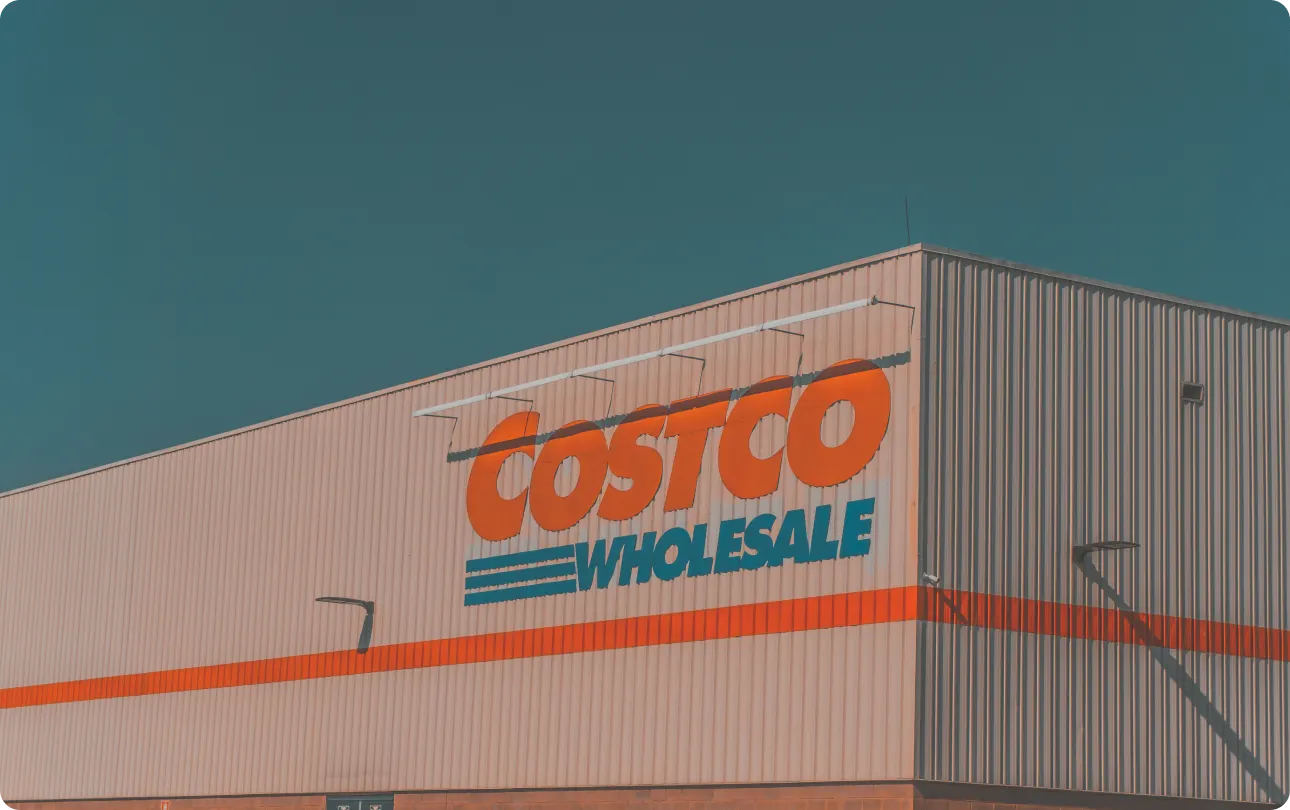Urban centers across the United States are exploring an intriguing new concept in mixed-use development: integrating residential apartments with Costco warehouse stores. Dubbed “Costco Apartments,” this idea seeks to capitalize on the widespread appeal and convenience of having everyday retail necessities just steps away from home. While still in its early stages, this approach shows promise in enhancing urban living and aligning with broader sustainability goals.
Defining the Costco Apartments model
Costco Apartments refer to residential developments that are co-located with or in close proximity to an existing or planned Costco warehouse store. Unlike traditional mixed-use projects that might combine housing with regular retail, office and entertainment space, Costco Apartments specifically integrate the popular bulk goods retailer into apartment buildings or neighborhoods.
This concept has gained attention with recent proposals in urban centers like Los Angeles, where developers are eyeing sites near Costco locations for dense new housing. For example, developer Thrive Living wants to redevelop a property near La Brea Avenue just south of Obama Boulevard into an 800-unit apartment complex and a Costco. This indicates that there is demand for new housing and retail in this area of Los Angeles, likely due to population growth and a lack of available housing.
The benefits of integrated living
At its core, the Costco Apartments model aims to enhance quality of life for residents by making the essentials of everyday living convenient and accessible. With a Costco on-site or nearby, residents can easily purchase groceries, household goods, clothing, and more without needing to drive elsewhere. This creates a “live-work-play” environment within a single development.
Blending residential, commercial and retail spaces also promotes sustainable urban living. By having housing, jobs, goods and services together, rather than segregated geographically, cities can reduce sprawl and lower transportation emissions. Walkable, mixed-use communities enable residents to accomplish many daily tasks without using a car. Costco Apartments advance these environmentally-conscious planning goals.
Additional benefits for residents
Beyond basic convenience, integrating housing with Costco offers additional lifestyle benefits that enhance quality of life for residents. With a Costco on-site, residents have quick access to the store's affordable prices on groceries, gas, medications, and other staples. This can provide meaningful savings compared to shopping at smaller markets.
Having a Costco nearby also means residents can easily take advantage of the store's varied offerings like fresh food, clothing, home goods, electronics, and more. The treasure hunt shopping experience makes picking up household essentials more enjoyable. Residents also gain access to Costco's food court with low cost prepared meals.
For families with children, Costco Apartments offer the ability to conveniently shop for kids' needs like clothing, toys, books, and snacks. Busy parents can quickly run to Costco while kids are at school or activities. For city dwellers with limited storage space, having a Costco downstairs provides overflow pantry and freezer room.
Impacts on urban planning
Costco Apartments align with larger trends in urban planning, which increasingly emphasize mixed-use development and walkable communities. Planners aim to create vibrant neighborhoods where people can live, work, shop and play in close proximity. This model also dovetails with transit-oriented development, which concentrates housing density around public transit hubs.
For example, the Costco Apartments project in Los Angeles will make use of the city’s Transit Oriented Communities guidelines to build more densely than otherwise allowed. To qualify for these incentives, the developer will designate 184 apartments as low-income affordable housing, further increasing affordable housing stock. Locating housing near transit allows residents to rely less on cars.
Appeal for developers and urban planners
For developers and urban planners, Costco Apartments have a strong economic rationale. Combining the proven retail power of Costco with much-needed housing caters to two growth markets simultaneously. Costco stores already draw steady customer traffic, making them ideal retail anchors. Adding housing creates built-in demand for the store while also addressing the housing shortage in many cities.
Constructing housing and retail together also creates efficiencies compared to developing two separate projects. Shared infrastructure, construction staging and coordinated management can yield cost savings. For example, the LA project will utilize modular construction methods to reduce costs and speed up building.
Optimizing mixed-use design
To maximize success, Costco Apartments require careful design considerations to seamlessly integrate the retail and residential elements. Accessibility and visibility are key - the Costco should be easily reached from housing units via clear pathways, crosswalks or public spaces. Parking needs to accommodate both customers and residents without conflicts.
Amenity spaces like outdoor seating can create a town square atmosphere tying the development together. Upper floor apartments may overlook the Costco interior, creating a unique view. But acoustics and HVAC require special attention to mitigate noise and cooking odors. Architecture and landscaping should visually connect the retail and housing components.
Ideally, the Costco can be designed with a separate entrance for residents along with direct indoor connections to the housing above or next door. This improves convenience while minimizing outdoor noise and congestion. Loading docks and parking should be oriented away from residential units. With smart mixed-use design, the retail and housing uses can complement each other.
Role in sustainable urban living
As a form of mixed-use development concentrated near transit, Costco Apartments promote sustainable urban living. This approach fosters walkable communities where driving is reduced, lowering greenhouse gas emissions. With retail and housing together, residents can accomplish more tasks through walking or public transit.
Costco Apartments also reflect growing consumer preference for smaller living spaces and less car dependence. Younger demographics increasingly prefer urban apartments with access to amenities over large suburban homes that require driving. Clustering housing near retail caters to this shifting lifestyle.
For cities, concentrating housing and retail together makes infrastructure more efficient. Less land is wasted on surface parking lots when retail parking can be shared with residents. Existing grid electricity, water, sewer and other utilities get more intensive use when supporting both residential and commercial functions. This enables more sustainable and compact urban growth.
Market trends and demographic appeal
Several real estate market factors make the Costco Apartments concept timely. The housing shortage in many cities creates a need for creative solutions to increase supply. Combining housing with retail can open up appropriate sites. Younger demographics like millennials and Gen Z tend to prefer compact, amenity-rich urban living. And the pandemic may have increased the appeal of proximity between home, shopping and recreation.
Costco itself also draws a desirable demographic. Costco shoppers tend to be middle to upper-middle class households. Their above-average incomes make them attractive apartment renters willing to pay a premium for convenience. This built-in pool of potential residents reduces the risks for developers.
In particular, Costco Apartments are likely to appeal to millennials starting families. As this generation enters their 30s and 40s, they need more space but still prefer urban living. Families appreciate having bulk basics, food court and child needs conveniently on-site. Empty nesters downsizing may also find the low-maintenance urban lifestyle paired with Costco access attractive.
Economic implications
Costco Apartments create a symbiotic economic relationship between housing and retail. Having a Costco anchor makes the housing more appealing to residents, while the captive apartment renters provide a steady customer base to boost the store’s sales productivity. This makes the development more economically sustainable for all parties.
There are also potential tax benefits. Some cities grant property tax reductions or abatements for mixed-use projects to incentivize development. And integrating retail with housing creates natural activity and “eyes on the street” that can reduce crime and improve property values.
For developers, combining housing and retail also diversifies revenue streams and mitigates risk. If the retail or housing market weakens, the other use can provide cash flow stability. Lenders may offer better financing terms for mixed-use developments given the multiple income sources.
Challenges and limitations
While promising, the Costco Apartment trend faces some inherent challenges. Zoning may need to be updated to permit retail/residential mixed-use in certain areas. Construction costs are increased by integrating housing and retail under one roof. Parking, noise, and odor must be carefully mitigated through design.
There are also open questions about ideal locations and demographics. While the concept could work in urban centers, lower density suburbs may face more logistical issues integrating Costco stores with housing. And some residential target markets like families may prefer separation of housing and busy retail. Further study is needed on optimal applications.
Additionally, not all Costco sites will be suitable for adding housing. Costco’s typical suburban locations surrounded by parking may be difficult to transform into mixed-use. Urban sites with multi-level parking structures or underground parking work best. There may also be resistance from nearby residents opposed to greater density.
Future prospects
Given its benefits and appeal, the Costco Apartment model appears poised for growth in the coming years. It aligns neatly with consumer lifestyle preferences, urban planning goals, and market demand. Millennials and Gen Z in particular are likely to fuel interest as they enter peak household formation and home buying age ranges.
However, much will depend on local zoning policies and incentives. Cities have an opportunity to get ahead of the curve by updating codes and offering density bonuses to encourage Costco Apartments development. With the right regulatory environment and market conditions, integrating Costco into mixed-use housing could become a win-win trend.
Early adoption is most likely in major urban centers like Los Angeles, San Francisco, Seattle, New York, and Washington D.C. where land values and housing demand create the economics to support mixed-use development. If successful, the trend could diffuse to mid-size cities with strong population growth and affordable housing needs.
While still emerging, Costco Apartments represent an innovative evolution of mixed-use development that caters to modern urban living preferences. By blending essential retail with housing, cities can create more holistic and sustainable communities. The convenience and lifestyle appeal for residents ensures demand for this unique new concept.



